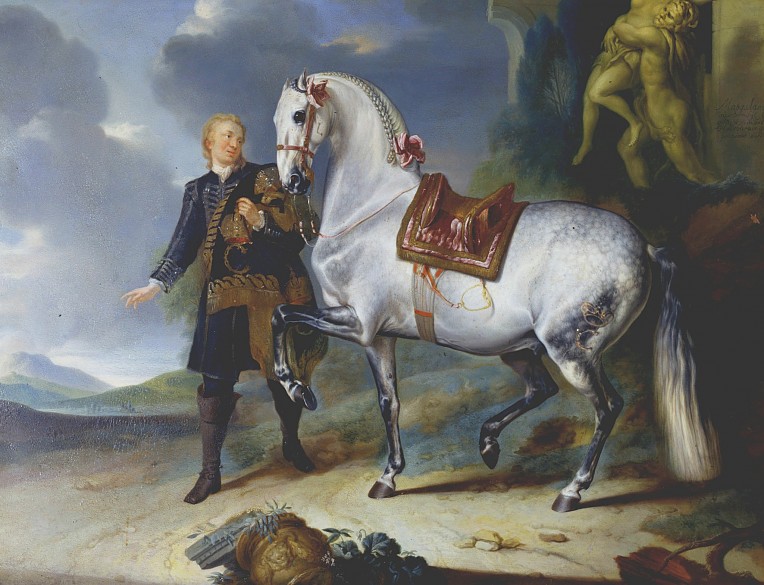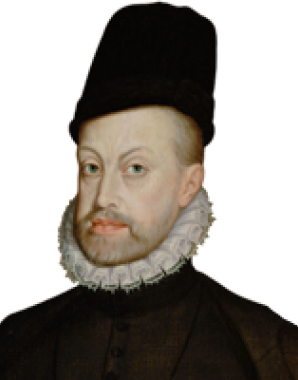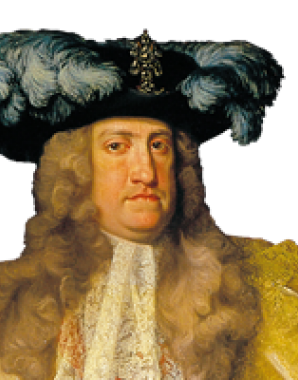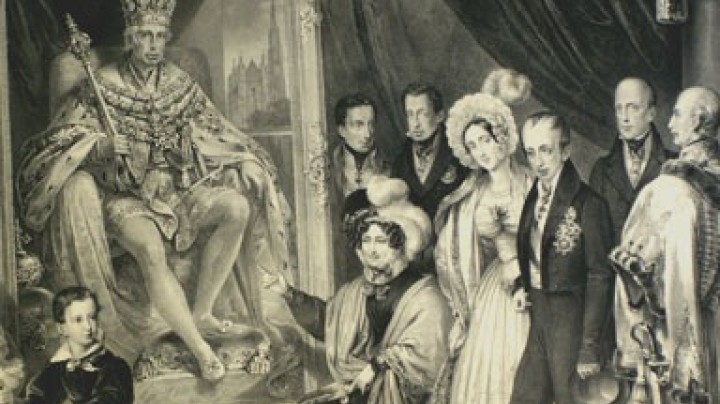The Habsburgs’ Spanish dream
The Viennese Court had many Spanish features: courtiers dressed in the Spanish Mantelkleid, paid the ‘Spanish reverence’ to His Majesty in accordance with the strict rules of Spanish court ceremonial, and in the background pranced the white stallions of the Spanish Riding School ...
The influence of the Spanish court during Spain’s heyday in the sixteenth and seventeenth centuries was enormous. Across Europe Spanish language and culture were imitated; Spanish style in fashion and custom stood for severe elegance and austere grandezza.
During Spain’s golden age the Spanish kings from the House of Habsburg reigned over a global empire and claimed leadership of the concert of European powers. Spain was the typical example of a centrally administered state under the absolute rule of a monarch. The Austrian Habsburgs attempted to follow their rich relatives’ example but were often relegated to the status of junior partners in the family business. Many of their political problems, such as the threat from the expansion of the Ottoman Empire, could only be dealt with thanks to the support given by the Spanish court.
Dynastic unity was maintained by intermarriage between the lines in each generation. The strong Spanish influence can also be explained from the upbringing of many of the Austrian Habsburgs, who were sent to the Spanish court in order to ‘bring them into line’. The family links with Spain also facilitated a massive transfer of ideology. In keeping with the uncompromising brand of Spanish Catholicism, confessional uniformity between ruler and subjects was also implemented in the Habsburgs’ Central European territories.
The ‘Spanish dream’ was pursued once more at the Viennese Court in the reign of Charles VI. Although his claim to the dynastic inheritance after the Spanish line died out was ultimately unsuccessful, he cherished a marked predilection for Spanish traditions as long as he lived.
While under Maria Theresa Spanish ceremonial was increasingly altered by French elements and the Spanish Mantelkleid – an archaic relic of sixteenth-century Spanish court costume – was abolished as official state costume under Joseph II, a last trace of Spanish cultural influence lives on in Vienna to this day: at the Spanish Riding School, the bloodlines of the horses now known as Lipizzans can be traced back to Spain, as can the traditions of the haute école of courtly horsemanship that are still cultivated here.

















